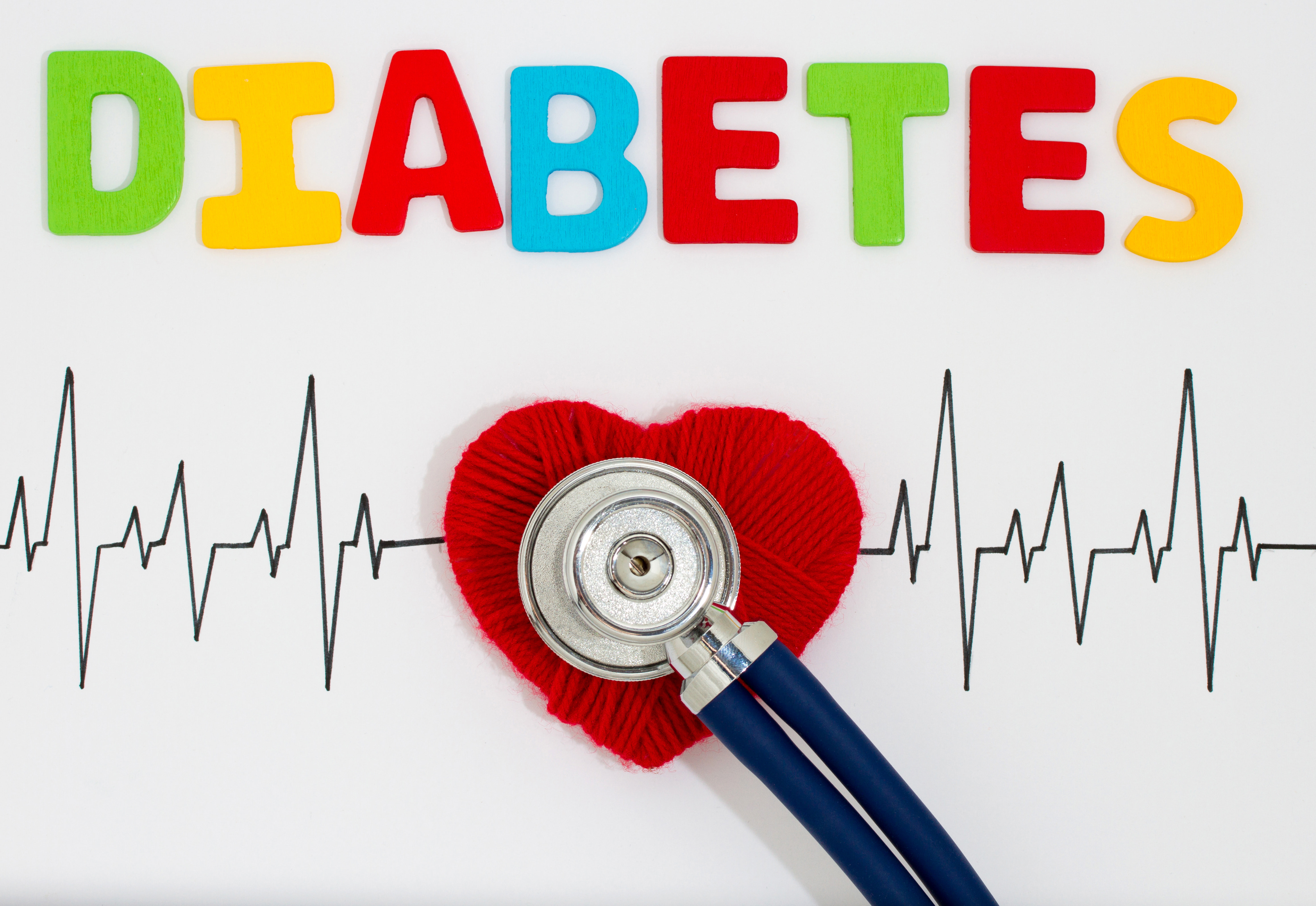Diabetes and cardiovascular disease – what is the link and why is it so important?

Diabetes and cardiovascular disease (CVD) go together. Diabetes is not a disease that causes high blood sugar only; it is also a disease that affects your body’s large and small blood vessels. Having high blood sugars for a period of time can cause damage to your large and small blood vessels and can lead to serious complications in organs such as the heart, brain, kidney, feet and eyes.
The aim of diabetes management and treatment is to protect your organs by lowering sugar levels to as close to normal as possible through your personal HbA1c goal. Even mildly raised blood sugars can, over time, increase your risk for vascular disease.
If your doctor considers you may have a risk for cardiovascular complications, he may decide to treat you with a diabetes medication that helps reduce diabetes-related heart or kidney disease.
In the table below you can find the cardiovascular disease risk categories for people with diabetes:
Cardiovascular disease risk categories in people with diabetes
| Very high risk | People with diabetes and established cardiovascular diseaseor other organ damage: Kidney, heart, or eye damageor three or more major risk factors such as: Age, hypertension, dyslipidemia (high fats in the blood), smoking, obesity.or people who have had early onset type 1 diabetes for more than 20 years |
| High risk | People who have had diabetes for more than 10 years without kidney, heart, or eye damage plus any other additional risk factor : Age, hypertension, dyslipidemia, smoking, obesity. |
| Moderate risk | Young people (type 1 diabetes below 35 years of age or type 2 diabetes mellitus aged under 50 years) with diabetes mellitus duration less than 10 years without other risk factors as: Age, hypertension, dyslipidemia, smoking, obesity |
Tip: Check to which category you belong to and consult with your doctor to discuss your treatment if needed. Today, the advanced drugs treat both sugar and other risk factors.
Monitoring your diabetes and blood pressure at home with Dario will give you and your care provider better insights on your progress for when you discuss your risk factors. You can view your trends over time, flag up alerts and easily share your data with your doctor either during a physical consultation, or electronically.
<b>Medical Disclaimer</b>
The articles provided on this website are for informational purposes only. In addition, it is written for a generic audience and not a specific case; therefore, this information should not be used for diagnostic or medical treatment. This site does not attempt to replace the patient-physician relationship and fully recommends the reader to seek out the best care from his/her physician and/or diabetes educator.
- John B. Buse et at. “2019 update to: Management of hyperglycemia in type 2 diabetes, 2018. A consensus report by the American Diabetes Association (ADA) and the European Association for the Study of Diabetes (EASD)”, Diabetes Care 2020.
- 2019 ESC Guidelines on diabetes, pre-diabetes, and cardiovascular diseases developed in collaboration with the EASD
DAR-0174 RevA







